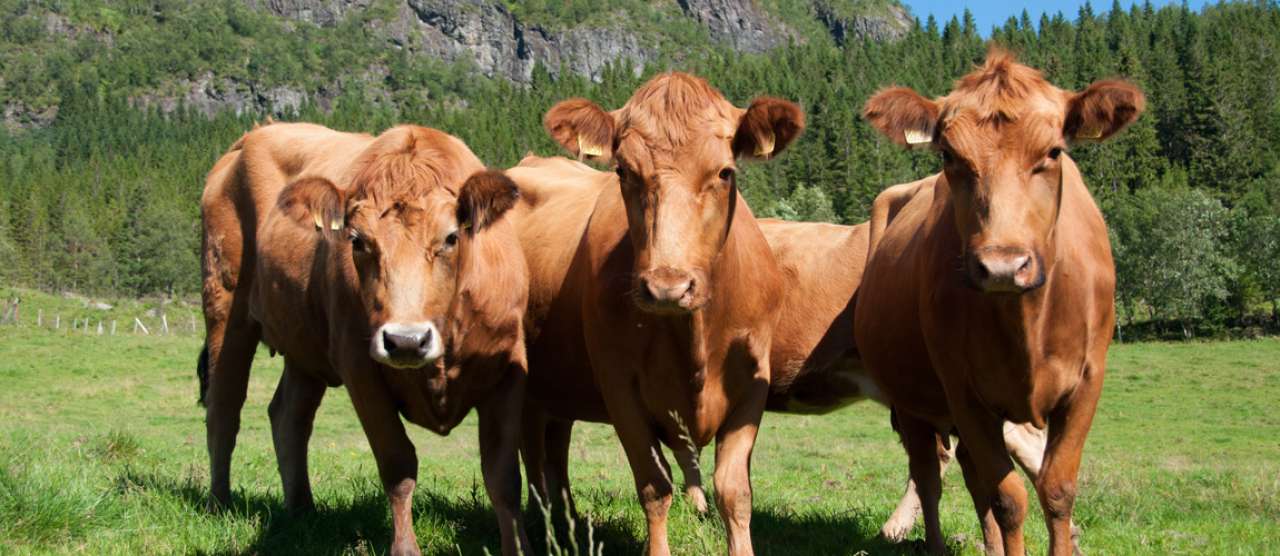Warning lights for West Norway’s “Vestlandsk raudkolle”

This breed is the only one of our at-risk cattle breeds for which there has been a recent decline in the number of breeding cows.
In 2015 a decline of 5% was registered in the number of breeding stock. It is thus important for the 139 cows and their owners to preserve the “Vestlandsk raudkolle”’s genes and provide for an increase in the number of animals.
The Norwegian Genetic Resource Centre publishes each year updated figures for at-risk cattle breeds. The report for 2015 also includes numbers that show the development over five years.
The main trend in the last five-year period is increasing. Greatest recruitment is in meat production, but the number of dairy herds is also increasing. In the work to secure the at-risk breeds for the future, the number of breeding cows is an important indicator.
"The “Telemarkfe” breed has in 2015 crossed the magic limit of 300 females, and has, together with the “Østlandsk rødkolle” gone from "critically endangered" status to "endangered"", says Nina Sæther, leader of the Norwegian Genetic Resource Centre.
The categories are determined by FAO, the United Nations Organization for food and agriculture. To move up to the next category, which is “vulnerable”, more than 3000 females are required.
Of the six at-risk Norwegian cattle breeds, “Vestlandsk raudkolle” and “Dølafe” are considered to be “critically endangered”, while “Telemarkfe”, “Sidet Trønderfe and Nordlandsfe”, “Vestlandsk fjordfe” and “Østlandsk rødkolle” are considered to be “endangered”.
"Genetic diversity is an important prerequisite for selection", says Sæther. If we do not have the variation, we do not have the ability to select the best characteristics.
"We do not know today what characteristics we will need tomorrow. Maybe we have use for small cows which can manage by themselves on the steep grazing slopes on the west coast? They manage without soya imports, and yet produce milk with high cheese yield".
Contacts

Contacts

